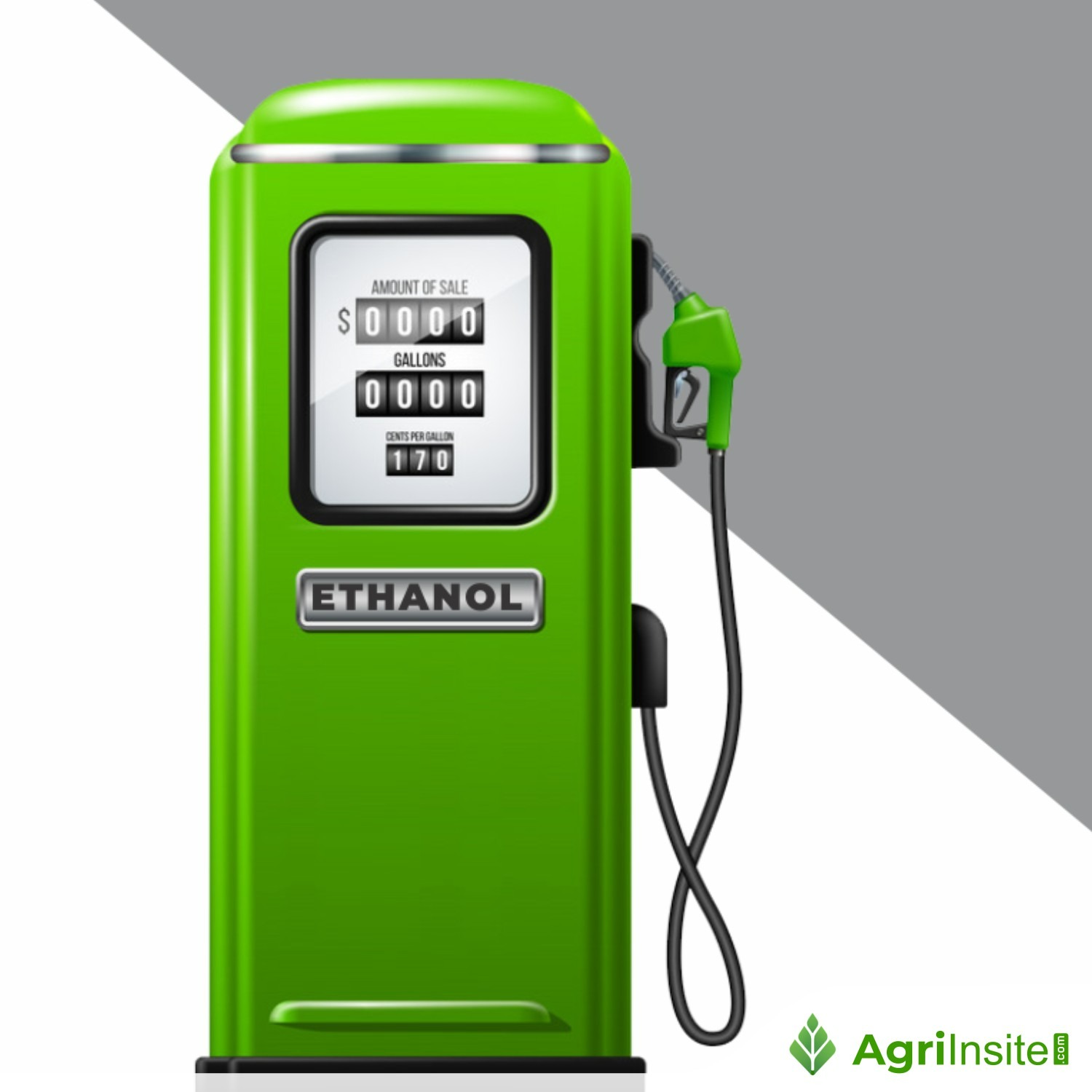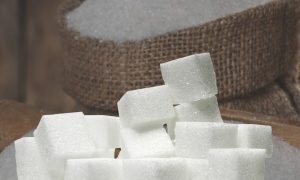Ethanol blending needs policy push

The Indian sugar industry has seen remarkable growth since the 2012 semi-decontrol reforms, notably the removal of the levy obligation for PDS sugar, following recommendations by the Rangarajan Committee. Surplus sugar production from 2010-11 onward created challenges of excess supply and falling prices. The introduction of the ethanol blending programme in 2018 helped mitigate these issues, though concerns about monsoon variability, food vs fuel debates, and ethanol pricing remain critical.
It has been a spectacular growth story for the Indian sugar industry over the last decade. Let us go back in time to trace the process. In 2012, the industry was semi-decontrolled. The Rangarajan Committee set up by the then government to look at the long-term sustainability of the sector made several key recommendations. One of the key reforms was dismantling the levy obligation for sourcing PDS sugar at a price below the market price. The Indian Sugar and Bio-energy Manufacturers Association (ISMA), formerly known as the Indian Sugar Mills Association, played a significant role in shaping public opinion. The positive effects of the reforms started reflecting soon. However, it faced yet another challenge. Through the efforts of sugarcane farmers and the sugar mills, the country witnessed surplus sugar production from the 2010-11 sugar season, with seasons 2017-18, 2018-19 and 2020-21 seeing bumper sugar production.
The annual sugar production of the country outpaced the total annual sugar consumption requirement, leading to over-availability of sugar. Excess sugar supply led to reduced prices, straining revenues while costs related to sugarcane payments soared, causing financial constraints to the industry.
Big challenge
The game-changing moment for the industry arrived when the government announced the ethanol blending programme. Although the programme faced initial hiccups due to pricing and infrastructural issues, measures announced by the government in 2018 fast-tracked the programme and gave a strong impetus to the indigenous production of ethanol biofuel. The programme faces an important challenge of achieving 20 per cent blending within the next two years. Monsoon uncertainties and the persistent debate about food vs fuel have forced the government to take a more conservative approach and balance food security with ethanol production. This was evident last year when the overall sugar production estimate for the country had to be lowered due to initial scanty monsoon rains over Karnataka and Maharashtra.
In response, the government imposed curbs on the production of ethanol from sugarcane juice and B-heavy molasses, and imposed a complete ban on sugar exports. Going forward, it is crucial to ensure the steady availability of raw materials and feedstocks for the ethanol programme. The industry is working hard to increase cane acreage in the country so that the cane crop is assured. With rising sugarcane prices and incremental cost of ethanol production, the sugar industry expects a higher procurement price for the ethanol to be supplied by the mills. This will provide the desired quantity of ethanol to progress towards the target of 20 per cent ethanol blending. A consistent ethanol pricing policy that compensates the ethanol production costs incurred by sugar mills is the need of the hour.
Source Link : https://www.thehindubusinessline.com/opinion/ethanol-blending-needs-policy-push/article68787550.ece

















